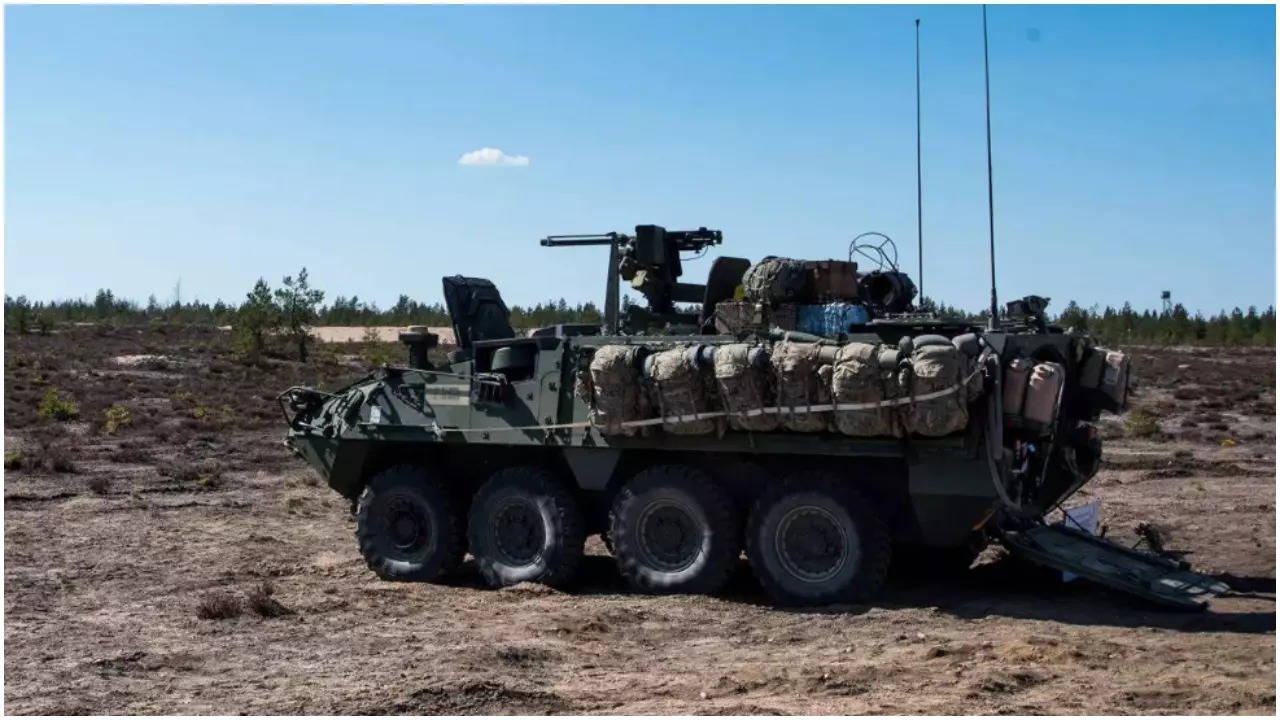China’s expansionist muscle-flexing loomed large during the two-plus-two dialogue between India and the US, with both reiterating the shared aim to keep the critical Indo-Pacific open and free from coercion, though Beijing was not explicitly named in the joint statement.
Singh, however, was forthright in the meeting with his US counterpart Lloyd Austin in the backdrop of the festering military confrontation with China in eastern Ladakh, which has now entered the fourth consecutive winter.
“The India-US defence relationship has evolved into a strategic partnership characterised by mutual trust, shared values, and a growing recognition of common interests in maintaining regional and global security,” he said.
“We increasingly find ourselves in agreement on strategic issues, including countering China’s aggression, promoting a free and open Indo-Pacific, and addressing regional security challenges,” Singh added.
With an eye firmly on China’s expanding naval presence in Indian Ocean, New Delhi and Washington resolved to further bolster maritime security, maritime domain awareness and interoperability between their militaries.
On the defence-industrial front, the two countries will now discuss the joint manufacture of the eight-wheeled Stryker infantry combat vehicles, which combine firepower with rapid mobility on the battlefield and are being supplied by US to Ukraine in its ongoing conflict with Russia.
Under the bilateral defence-industrial cooperation roadmap finalised in June to fast-track technology collaboration and co-production, the other proposed projects range from air combat and ISR (intelligence, surveillance, reconnaissance) systems to long-range artillery and smart munitions.
Defence secretary Giridhar Aramane said the project to jointly produce GE-F414 jet engines for the Tejas Mark-II fighters in India, with 80% transfer of technology for around $1 billion, as well as the around $3 billion procurement of 31 armed MQ-9B Predator or Reaper drones were both on track for early finalisation.
“An initial offer for the (Stryker) infantry combat vehicles has also come from the US. We have expressed our interest in discussing it further for co-production. Our industrial and military teams will work with their US counterparts and come up with a concrete plan in this regard,” Aramane said. The two countries are also close to inking the Security of Supply Arrangement, identified as priority in the roadmap to further integrate defence-industrial ecosystems.
The two countries are also close to inking the Security of Supply Arrangement (SOSA), identified as a key priority in the roadmap to further integrate their defence-industrial ecosystems while strengthening supply chain resilience.
As part of setting up new liaison positions to facilitate seamless communication and cooperation between their armed forces, India has now also become a full member of the 38-nation Combined Maritime Forces (CMF) headquartered in Bahrain.
